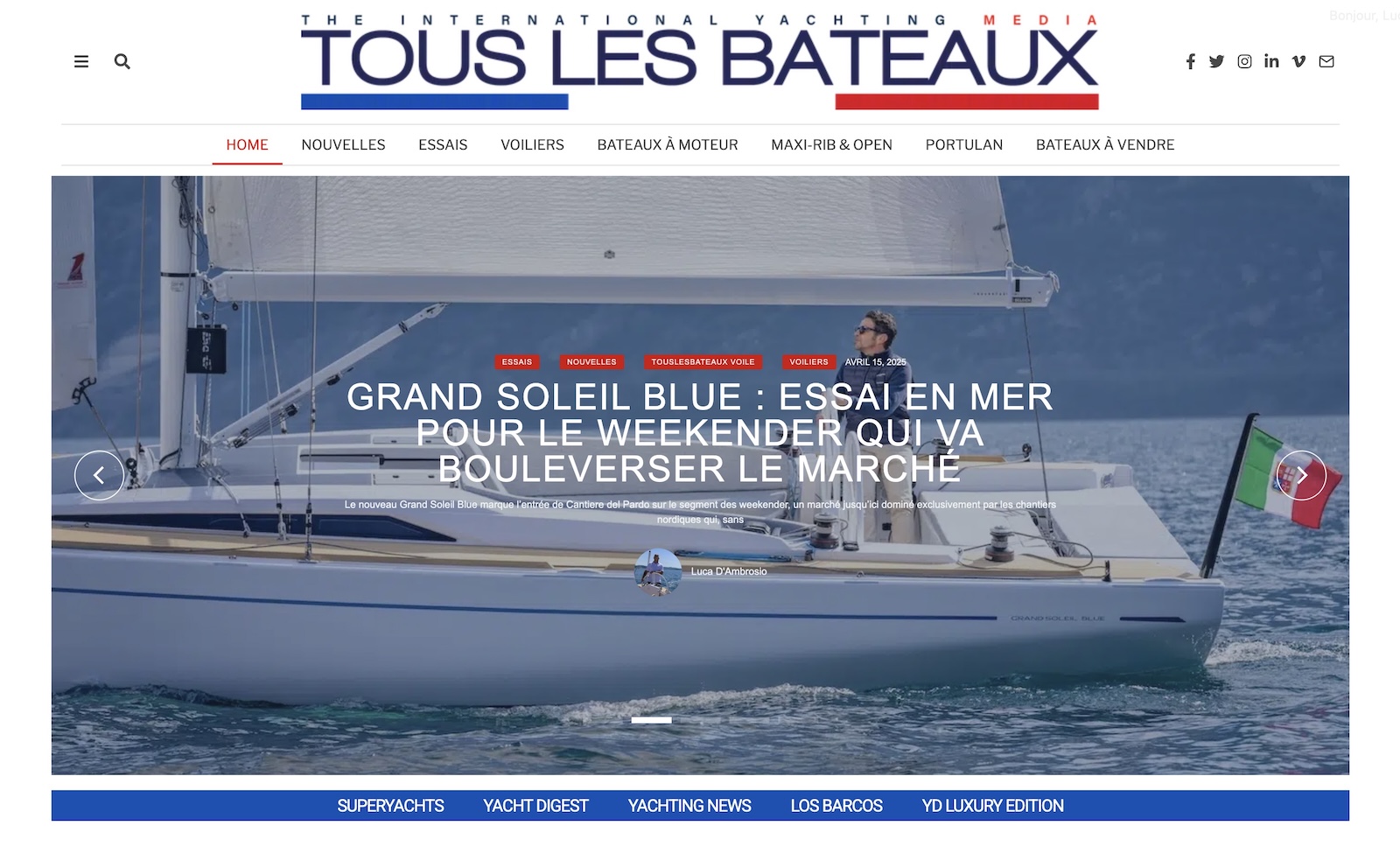Leggi l’articolo in italiano
May the sailors who passed the legendary Cape Horn forgive our irreverent comparison. But, if the Straits of Messina hindered the valorous Ulysses and inspired the famous Homer, there’s a reason. Scilla and Cariddi, of course, are not monsters but two wonderful tourist destinations; the first one raises on the Calabrian coasts, the second in Sicily, better knows as Capo Peloro; but crossing the Straits under sails is far from easy. Currents, wind, whirlpools make sailing between Calabria and Sicily a hard experience.
Even crossing the Straits by a motorboat is difficult, since ferryboats, passenger ships and hydrofoils paralyse this 1.5 mile channel in the narrowest point between Capo Peloro and Torre Cavallo, near Scilla.
Before seeing how to face the hidden dangers of the Straits, let’s try to understand what generates them.
The stretch of sea between the Island and the mainland is about 1.5 mile wide in the North and reaches 8 miles in the largest point between Punta Pellaro, in Calabria, and Capo d’Alì, on the opposite shore.
The powerful currents and whirlpools are produced by the difference in depth of the bottoms in the two sides. In the North, the Tyrrhenian bottom decreases up to one thousand metres near the Aeolian Islands. In the South, on the Ionian side, the decrease is more sudden and it reaches 800 metres near the Calabrian coast and two thousand metres off Catania.
This difference in depth causes some transfers of water between the two sides, which change their direction every six hours. As a result, currents can reach 5-6 knots. The video below was filmed under the pillar of Capo Peloro and it helps to understand the strength of the current.
The water river which flows from the South to the North is called “rising current” and it is slower and deeper than the “descending” one. There are also the so-called yaw and tide currents. The yaw currents usually go from the North to the South, especially along the Calabrian coast, and they are about 1 knot fast; the tide currents, on the contrary, change their direction according to tides and they can reach 4 – 5 knots.
Finally, near the shores, there are the so-called “counter-currents”.
So, it is important to consider these movements and their direction when we enter the Straits, because a backwards 4- knot current can stop a sailing boat and reduce the speed of a motorboat.
Furthermore, when these big quantities of water meet, they produce the so-called “garofoli”, a sort of strong whirlpools.
Another player in this Nature’s show is wind with its mood swings, especially when weather is good and there is not a prevalent air flow.
So, how can we face this situation? We can say that, with a wind blowing from the North to the South, if we enter from the Tyrrhenian into the Ionian Sea, we can sail fast along the Calabrian Coast with a distance of about half mile, or under the Sicilian coast in order to spoil the counter-currents.
In any case, it is important to be careful to whirlpools, very visible in flat sea. They mainly occur in front of the two points and the seafront of Reggio Calabria. These whirlpools can cause sudden and unwanted changes of route, especially if we are sailing slow and with low push.
In the Straits of Messina, sudden gusts and “wind holes” are not rare and they can make the bow fall or cause an uncontrolled leeway.
Sudden gusts are more probable near Messina and they come from the hills overlooking the city.
They can be very powerful and their direction might be different from the wind’s one.
Then, the intense ship traffic. In the Straits, ships follow pre-set routes and they have a pilot, like the many ferries sailing between Villa San Giovanni and Messina. We must be able to steer fast and yield to ships.
Considering all we have said, it is clear that variables can hinder the person who faces the Straits. All in all, sailing is easier when wind is fresh and with a precise direction.
A valid help to decide whether and when to face the Straits comes from the tables of currents on the following website: www.correntidellostretto.it.
But, as always, the last word is never ours and the Straits can decide for us.
Sirocco, for example, can cause high strong waves which might force us to change our plans. However, we could take this opportunity to enjoy a stay in Messina and its marina.
In case of mistral, we can head to South easily but if we want to sail in the opposite direction, it is better to sail under the Sicilian coast. In any case, the best thing to do is to see the table of currents in advance.

























